Believe it or not. Looking for the RIGHT putter can be a challenging endeavor. It always amazes me on TOUR how a player can go from one style of putter into a completely different one and experience success and struggle with each. How does this happen? The answer is putting strokes like golf swing are not set in stone. Not only does your body move in different ways on a day-to-day basis but so does the way your eyes move in response to how you roll out of bed that morning. The point is as golfers the goal is to stay in a good stadium of constant action, not a litter box. This doesn’t mean I am recommending changing equipment every time something shifts, it means the more aware you are of WHY that putter works will help you focus on the right things to get back to square or move a few pegs up in performance.
The way certain necks on a putter work is a good example of this and what we say with Jon Rahm and his putter switch is a great example of something that happens to the best in the world AND you and me.
The two most common neck designs I see on TOUR are the Double Bend and the “S” neck. With the Rahm putter switch being such a popular story, I thought I’d break down the two so it makes a bit more sense why some putters work for you and some don’t.
“S” Neck: “open the door close the door” strokes work well for this style neck (Flow neck, Plumbers Neck as well). This type of putter has Toe Hang which means the weight is centered more out toward the toe helping the blade release for players that have a bit more inside out arc’s in their stroke. If you lay the putter on your finger with the face pointing to the sky, you will see the toe of the putter head towards the ground, IE Toe Hang.
Players on our staff that use similar models would be Jon Rahm, Sam Burns, Matt Wallace and Phil Mickelson who uses the extreme version of this idea with his heel-shafted blade.
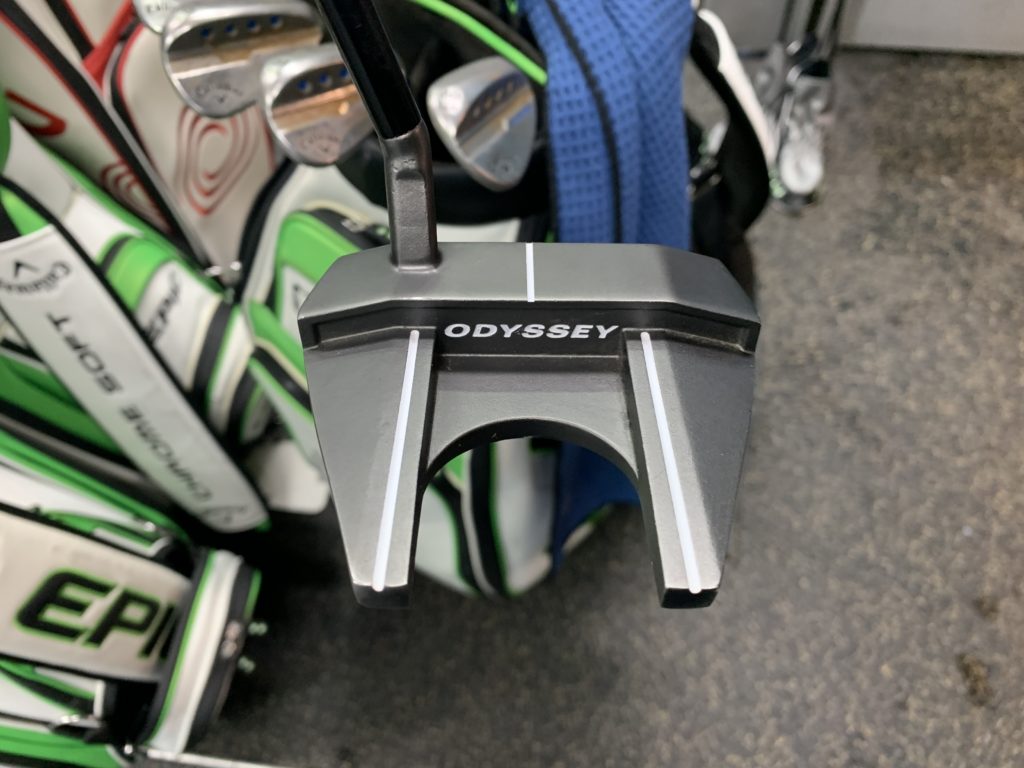
“DBL Bend”: “Square to Square” strokes find these face-balanced putters to be the best choice. Balance the putter on your finger and you will find the toe and heel balance out IE Face Balanced. Putters in this class tend to have a bit more face stability due to the weighting and enhance a putting stroke that goes straight back and straight through.
Players in models with a DBL bend shaft would be Kevin Kisner, Henrik Stenson, and formerly Jon Rahm before his switch.

I had a chance to chat with Odyssey Tour Rep Joe Toulon for his thoughts and this is what he had to say:
JW: DBL Bend VS “S” Neck, what’s the main difference between the two?
JT: The main difference between the two is the “S” neck will provide more toe hang and typically slightly less offset. The double bend is typically a full-shaft offset and face-balanced. In general, an “S” neck will want to rotate a little easier (depending on a couple of other factors) and the face balanced will generally want to rotate less. Nothing is set in stone with this and there are always other factors to consider, most notably, how a player reacts to them.
JW: In regards to Jon Rahm’s switch from DBL to S, what were the benefits he found?
JT: When Jon came to the test center in late January, a face-balanced 2 Ball Ten was a good fit at the time. Visually he liked the look and offset of the double bend and he felt like he was able to take it back more on his desired arc. That led to more consistent contact. Over time, he eventually started lifting the putter up in his backstroke and from there had to make other compensations during the rest of his stroke to get it back online.
When we sent him options a couple of weeks ago, we had a good idea of what style and hosel would help. He immediately liked the OG Rossie S. That S hosel allowed the putter to rotate on his desired arc much easier. He stands a little taller and further away from the ball which generally matches up well to a more arcing stroke. He was in a better spot to start his transition from backstroke to through-stroke which allowed him to let the toe of the putter release naturally. Once he felt that, his whole demeanor and overall confidence level changed almost immediately.
Jon’s story is a great example of the evolution of a player’s stroke and how that needs to work in harmony with your putter. My Tip? When you’re hitting putts at home pay attention to the flow of the stroke, take notice if the blade is swinging freely, or are you having to make adjustments to make it work. Keep track of center contact and start lines which are the two keys in my opinion. If one of those is consistently off, perhaps you should start investigating if the neck set-up you have is the right one.
In the past, I have tried to make so many putters work because I thought they were cool, or a player I loved was using a certain model. As you can imagine it was a struggle. Once I understood my natural stroke in its truest form, finding MY ballpark putter was easy and I’ve been a pretty damn good putter ever since.
“Putting strokes are like your signature” I heard that once and it hit home. It may look different on checks than it does on your receipts but if you really dig in, you’ll find it’s the same signature. Putting strokes are very similar, the more you get to understand it, the faster you will find the tool to make it great.


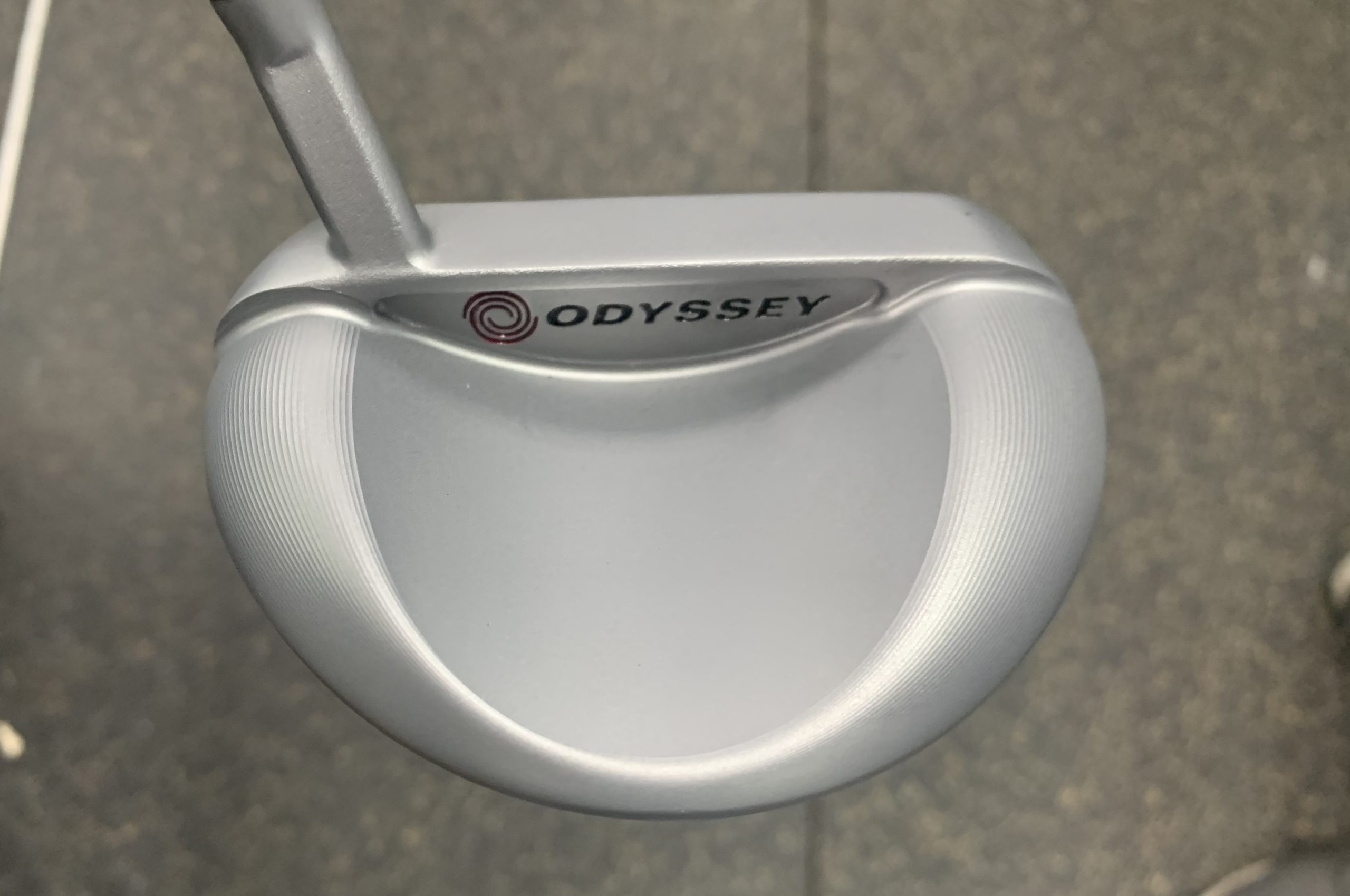
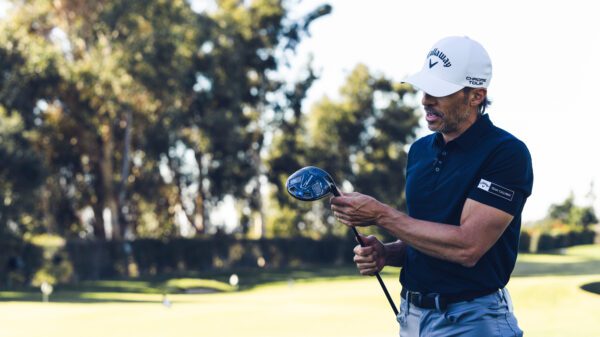

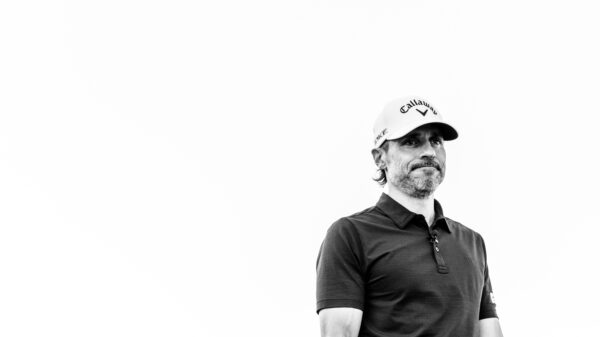

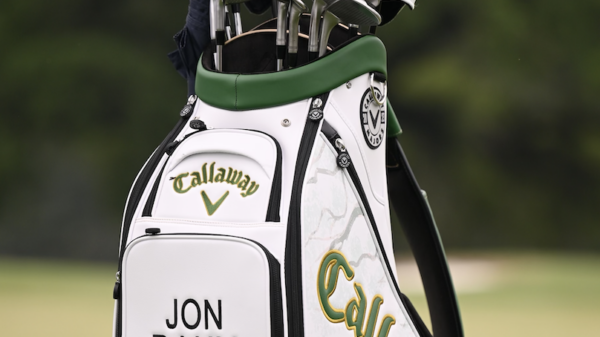

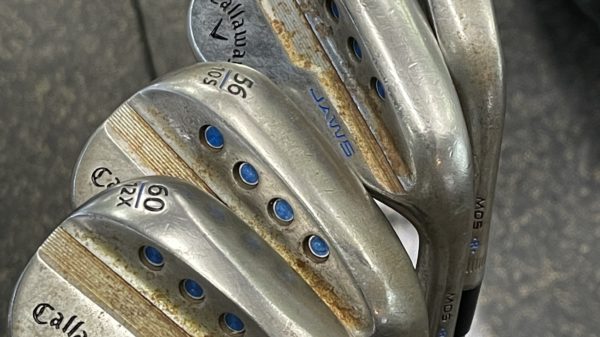
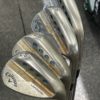


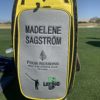






Bill McClure
June 12, 2021 at 10:00 pm
Well all of this is great information you should try and find a local professional who can do an expert putter fitting for you. Putter fittings can run anywhere from a low of $45 up to as much as $120. Want to lower your scores then get fit for a putter after all it’s the club you use the most.
Lynn Caldwell
June 19, 2021 at 6:04 pm
I have trouble with coming across my putts. Is their a better putter for me? One that could control that motion.
Johnny Wunder
June 21, 2021 at 11:33 pm
Something with some head stability
Wardo
August 20, 2021 at 8:30 pm
This “Rossie” looks much bigger than retail, is it? IT appears to be longer from front to back? Is the lack of a sightline the reason or is it in fact bigger? Also, can we get a close up pic of Rahms new 58 wedge grind? Is it stock? Thank you
Jimmy Mullan
September 9, 2021 at 9:01 pm
I will never know why, they dont make the 2 ball, center shaft putter anymore??? I am a great putter, shaft even stills has a dent in it( bang bag) I have had 2 Scotty Putters, and TM new putter, none even come close !!! I was playing at Beth Page, found $100 bill, bought the two ball putter years ago!! Its my go to putter . BEST!!!